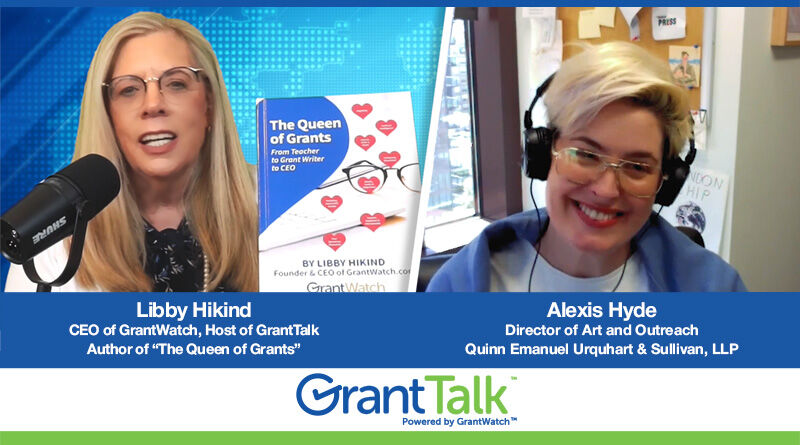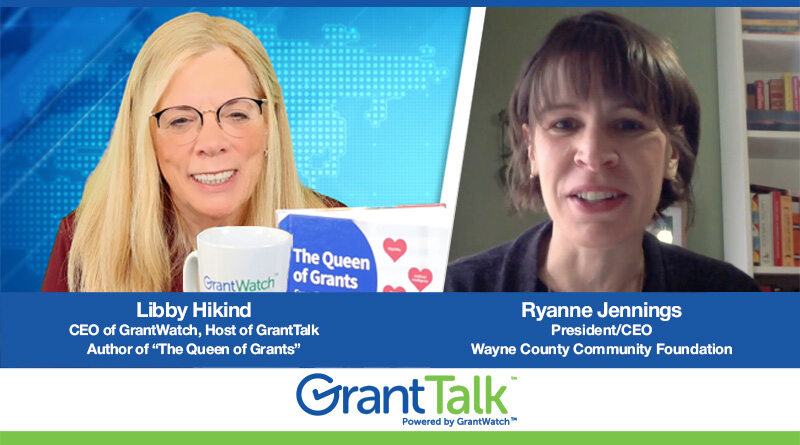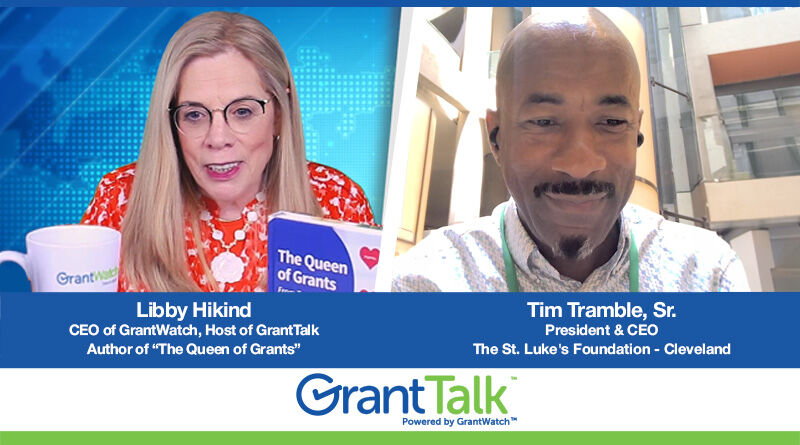Libby Hikind, founder of GrantWatch and host of GrantTalk, recently sat down with Dr. Allison J. Hamilton Molnar of Citizens for Nuclear Technology Awareness (CNTA) for a unique conversation about nuclear energy and STEM education. This episode includes a brief history of CNTA. In addition, it takes a hard look at grants from the funder’s perspective and what actually happens after a grant application is submitted
Citizens for Nuclear Technology Awareness
Founded in 1991, CNTA emerged after the Cold War to address the evolving role of nuclear technology. Today, the nonprofit educates the public on the many applications of nuclear science, from medical advancements to space exploration. One way they do this is by funding STEM grants that encourage students to explore careers in engineering, technology, and skilled trades.
The Grant Review Process
Dr. Hamilton explained that grant applications don’t just disappear into the void after submission. Funders follow a structured process, ensuring applications meet eligibility criteria before moving on to a review committee. For CNTA grants, this means:
- Initial Screening 📋: Applications are logged, and eligibility is verified (e.g., 501(c)(3) status, required signatures).
- Paperwork Check ✅: Funders confirm all requested materials are included—budgets, project plans, and school approvals.
- Committee Review 🔍: A diverse panel of volunteer nuclear physicists, engineers, and educators evaluates applications based on grade level, project impact, and sustainability.
What Makes a Strong Grant Application?
Dr. Hamilton emphasized that quality matters more than quantity. CNTA, which funds K-12 STEM initiatives, often has the capacity to fund more projects than it does. However, the challenge lies in receiving applications that align with their mission.
A strong application should:
- Demonstrate sustainability – Funders prefer projects with long-term impact, not just one-time activities.
- Be well-researched – A realistic budget and clear objectives show preparedness.
- Align with educational standards – Connecting a project to curriculum guidelines strengthens its case.
For example, a grant to purchase drones for a classroom wasn’t selected because the drones would be taken home by students instead of being used for ongoing learning. In contrast, a radiation-exposed seed experiment won funding because it engaged students in long-term scientific observation and critical thinking.
K-12 STEM Grants and the Student Essay Contest
Annual K-12 STEM Grants
Citizens for Nuclear Technology Awareness (CNTA) offers grants up to $500 to support educators in implementing innovative classroom activities.
- K-12 teachers in public, private, or charter schools
- Schools located in eastern Georgia and western South Carolina
- Educators focused on STEM-related projects
- Applications open in October, with funding awarded in February
High School Essay Contest
- Open to juniors and seniors nationwide
- Topics focus on nuclear energy, space exploration, and sustainability
- Essays must be 1,000 – 1,500 words
- Winners receive $500 to $1,000 for college tuition or technical school expenses
Final Takeaway: Keep Applying!
Both Dr. Hamilton and Libby Hikind agree: persistence is key. Many applicants who don’t receive funding on their first attempt win grants later after refining their proposals. Understanding the funder’s perspective, and crafting applications that meet their priorities, can significantly increase a grant seeker’s success.
Want to explore more funding opportunities? GrantWatch lists grants like CNTA’s and hundreds more, helping educators, nonprofits, and businesses access the resources they need.
GrantTalk Links
📖 The Queen of Grants
🎙️ GrantTalk Podcast
🌐 GrantWatch Subscriptions
Links
About GrantWatch
With over 9,000 grants currently available, GrantWatch.com is the leading grant listing directory. Upgrade to a MemberPlus+ subscription to view the full grant details, including eligibility criteria and application information. For more information, you can also visit the GrantWatch FAQ page. Click here to see the great value of all 20 of the top GrantWatch features. Watch the latest episode of GrantTalk, powered by GrantWatch, with host Libby Hikind. You don’t want to miss this. Visit us on YouTube weekly. Get your copy of The Queen of Grants: From Teacher to Grant Writer to CEO, by Libby Hikind.




